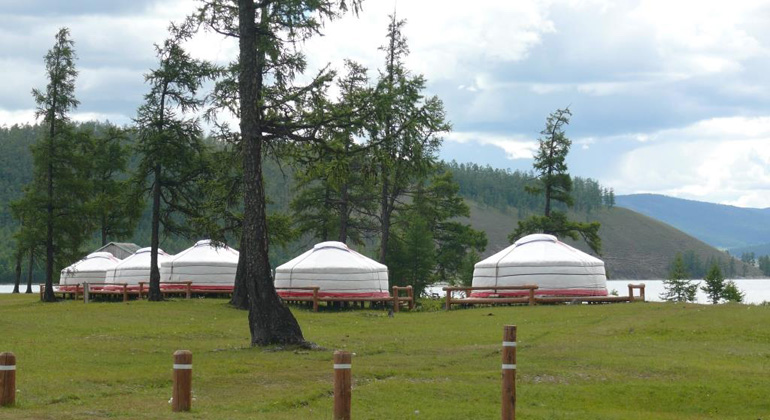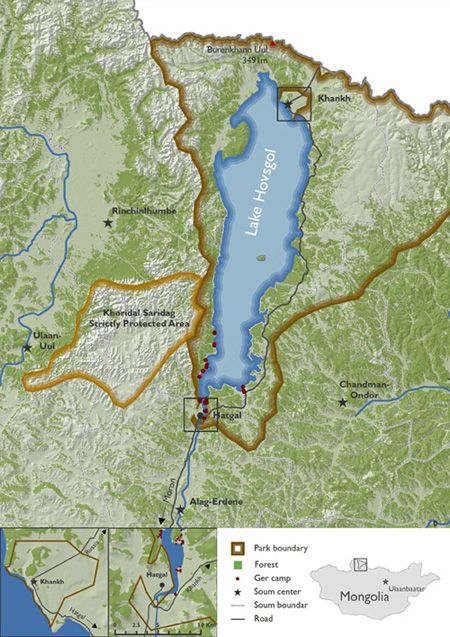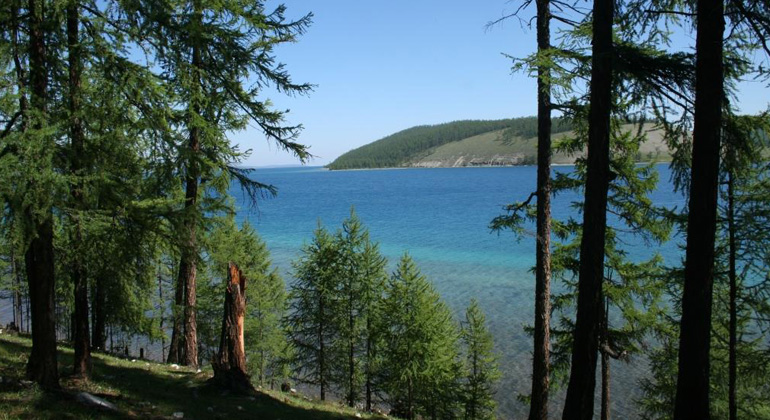The Blue Pearl of Mongolia: Lake Hovsgol is the Threatened Lake of the Year 2015
Estimated to be two to five million years old, Lake Hovsgol is one of the most ancient lakes in the world.
Known by Mongolians as “Mother Sea”, it is ranked the 16th largest lake in the world by volume, holding 70 % of Mongolia’s fresh water reserves, and providing the headwaters to 20 % of earth’s freshwater in Lake Baikal. In the next decade, however, this may no longer be the case. Mongolia quickly embraced capitalism in the 1990s, opening its pristine landscape to international mining businesses and the ever-increasing demand for animal products. Due to these unprecedented changes, Lake Hovsgol — and to a wider extend the whole of Mongolia — stands at a crossroads with the choice of facing an environmental crisis or taking actions to preserve their most important cultural and natural resource.
The Mongol Ecology Center (MEC) and the Global Nature Fund (GNF) are working in partnership to bring all stakeholders together to form a more sustainable and equitable future for Lake Hovsgol National Park. In order to draw attention to this important issue, the GNF therefore names Lake Hovsgol “Threatened Lake of the Year 2015”.
When the Mongol Ecology Center’s staff visited Lake Hovsgol National Park in 2011 with an international group of experts, the team quickly recognized the need for action. The international team observed unlawful commercial fishing and logging, overgrazing, unprotected shorelines covered with tire tracks and debris, tourist camp developments that did not meet standards (many with faulty sewage facilities), and construction plans to expand the main highway leading to the park. This highway expansion would result in a dramatic increase in park visitors, stressing the capacity of the tourist camp. The adjacent gateway communities of Hatgal and Hankh are equally unprepared for an increased volume of tourists, and the number of park visitors has already swelled from 7,700 in 2004 to 45,440 in 2014.
To address these issues, the GNF has been implementing the “Guide and Integrate a Sustainable Economic Revitalization of Local Communities dependent on long-term Stewardship of Lake Hovsgol National Park” project in partnership with the MEC. By providing much needed training, education programs and equipment to park staff, rangers and community members, the management capacity of the park will be strengthened.
In 2012, the MEC established the Lake Hovsgol Conservancy to support the protection and management of Lake Hovsgol National Park. Their goal is to help the park sustain its wilderness resources, protect local culture, ensure sustainable recreation, and provide local tourist activities. The Lake Hovsgol Conservancy focuses on park planning and management; science and education; and sustainable tourism. The conservancy aims to establish a scientific approach to park management and decision making, thereby correcting past mistakes and ensuring the lawful planning of sustainable tourism development.
In spite of current environmental pressures, the future of Mongolia’s natural and cultural heritage remains hopeful. Along with growing support from the national government — which has set a goal of protecting 30 % of Mongolia’s territory by 2030 — real hope for future generations can be created.










